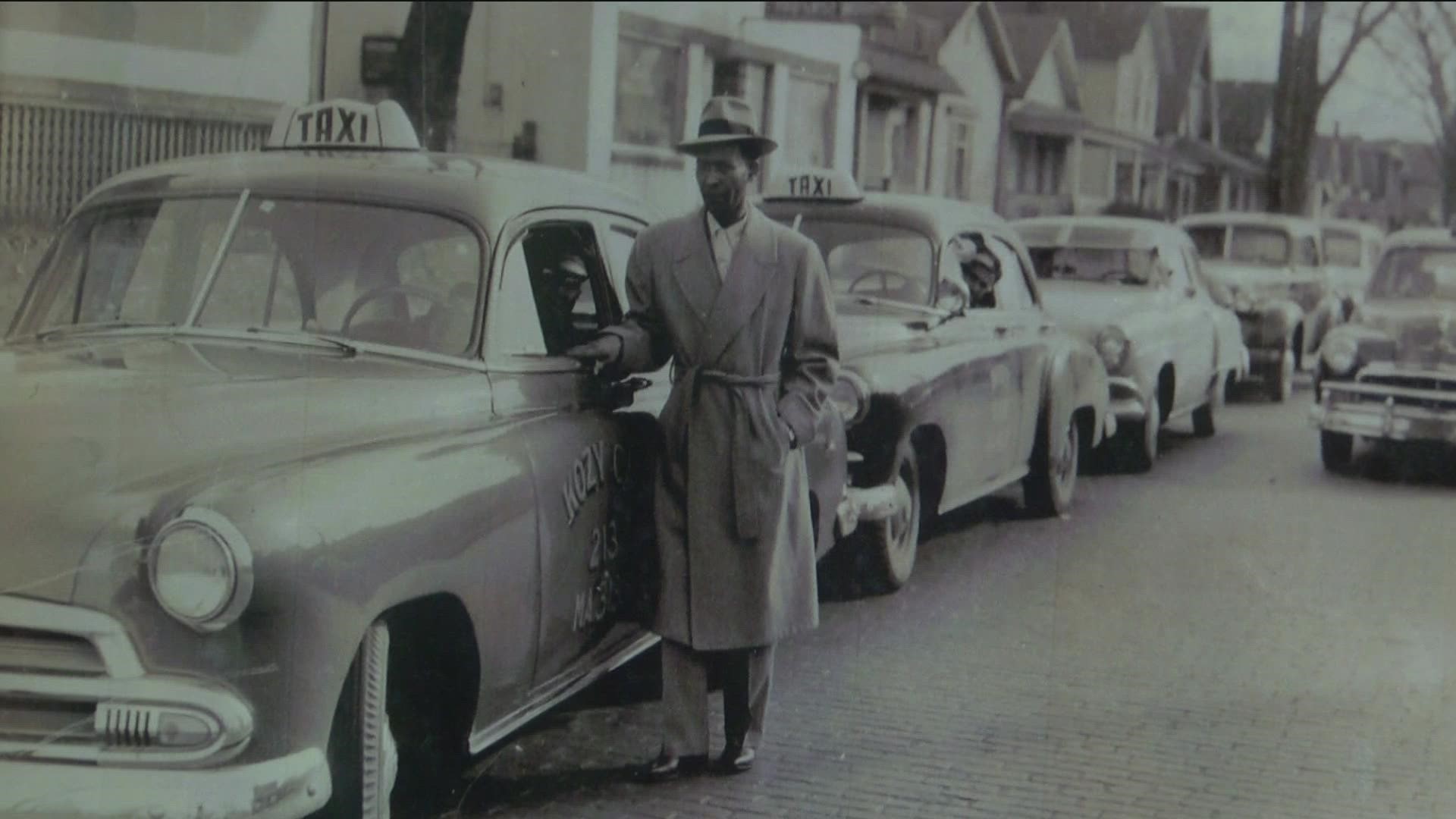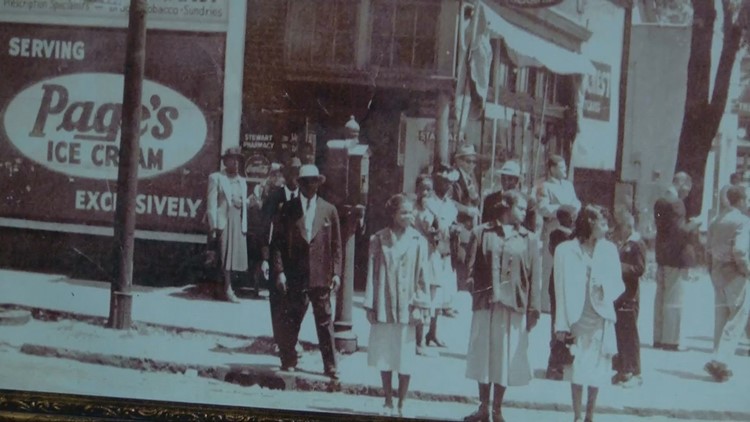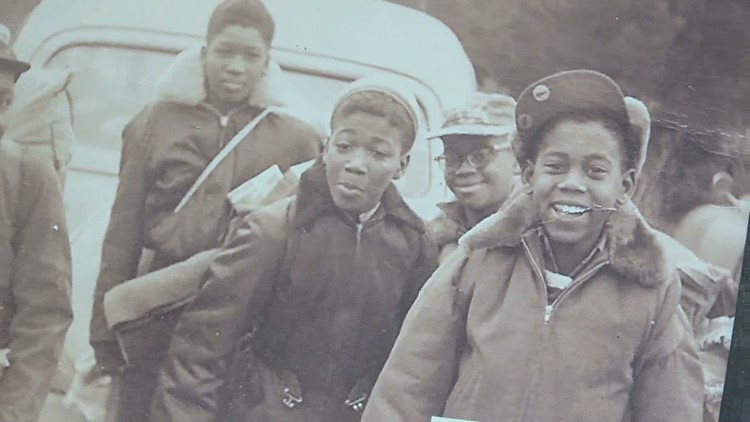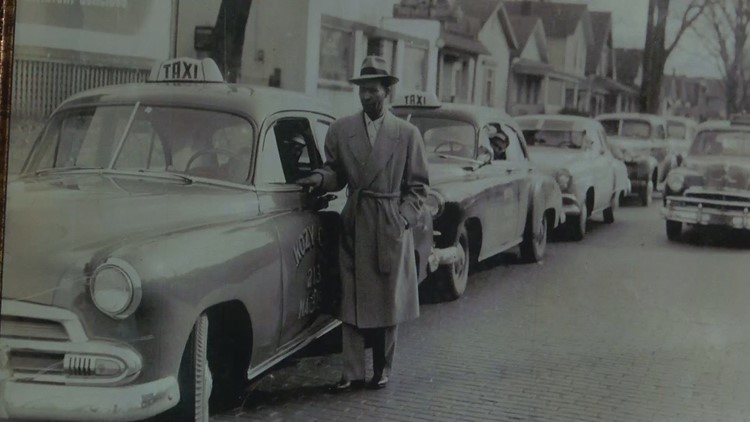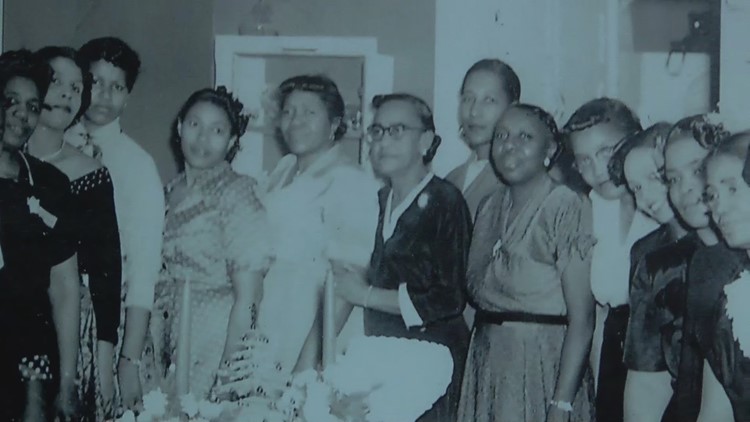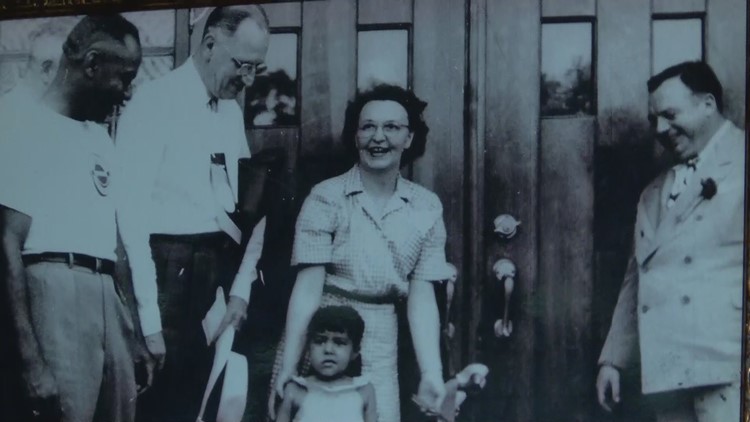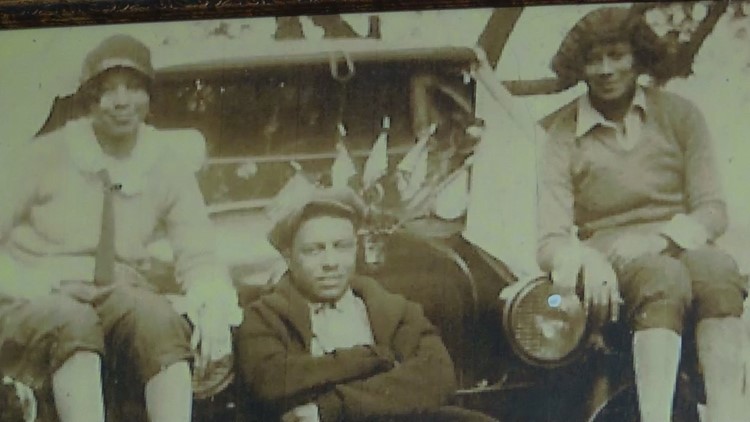TOLEDO, Ohio — Toledo has a rich history. Researching its people and places has a real purpose.
Throughout the years, not all stories have been widely captured with the same detail and passion.
“Our [Black] history was either ignored or distorted and so one way of avoiding that is do it your darn self,” Rubin Patterson, Howard University's Dean of the College of Arts and Sciences, said.
He is the co-editor of "Black Toledo: A Documentary History of the African American Experience in Toledo, Ohio." Dr. Patterson moved to Toledo in 1992 and spent 22 years at The University of Toledo.
“This is the kind of book ultimately I wish that I had access to when I first came to Toledo,” he said.
According to Patterson, these types of works take the campus to the community and bring the community to the campus. The book covers events, laws, people, places and institutions.
“We learn about the social progress, two steps forward, one step backwards, just consistently over the decades if not over the centuries,” he said.
During the Great Migration, millions of Black people left the segregated south looking for new opportunities.
Industrial work from places like Doehler-Jarvis Company and Haughton Elevator Company was a draw in Toledo, Patterson said.
“[Workers] received higher-than-average wages in those facilities and kind of a Black middle class, to some extent, began to emerge around that,” he said.
“They left a rural agrarian experience and moved into an urban industrial experience where they received better education than they would have received on the whole in the south because, among other things, they needed the education to be successful working in the factories.”
Photos: Black families in Toledo
At the time, much of that Black middle class descended on the Brand Whitlock housing project.
“Anybody who became somebody basically lived in Brand Whitlock,” Patterson said. “Their children received better education, they went on to become sort of pillars to the society to some extent in Toledo and it went on from there.”
Black Toledo’s information comes from a variety of sources including the African American Legacy Project.
Started by Robert Smith in 2004, the work began without a single picture. Now, there are countless photos and other materials and objects chronicling Toledo’s Black community.
“It’s been a great experience to really put the umbrella up over the history of Toledo’s African American community,” Smith said. “Our community was heavily laden with small businesses, mom and pop businesses that no longer exist.”

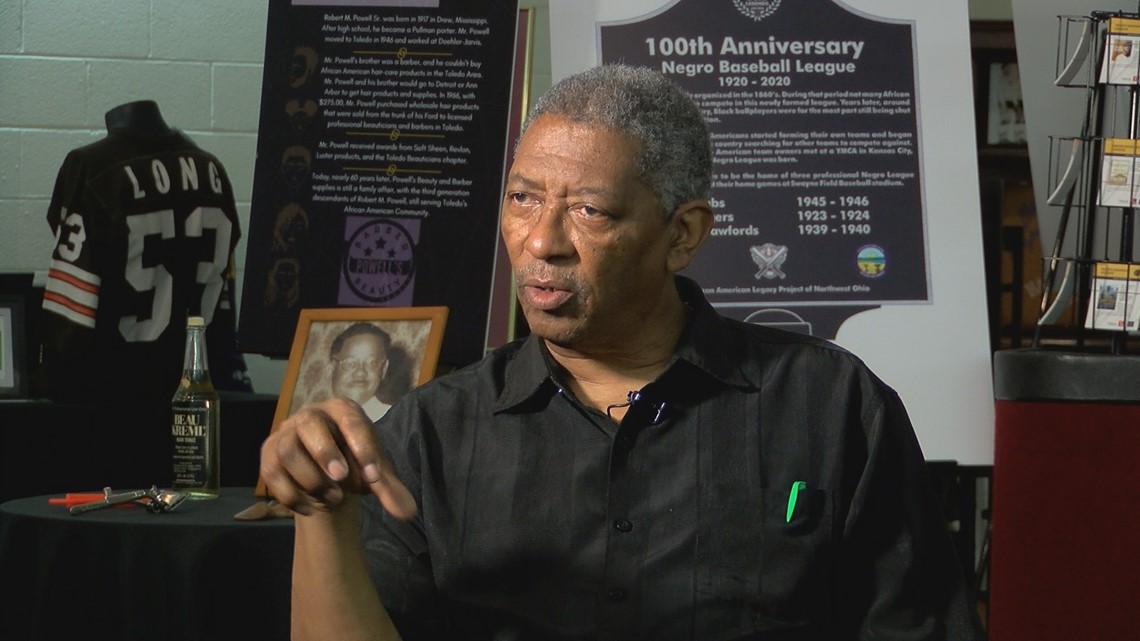
According to Smith, the community was successful in supporting each other.
“We didn’t think beyond where we lived because we were so self-contained, that’s no longer, big box stores have hurt not just the African American community but every community.”
Smith is working to make sure the legacy continues.
“When it comes down to it, the difference between today and yesterday and why we were so successful at maintaining a stronger community than [we are] currently is leadership, that is key,” he said. “While other people see just nothing but struggles, I also see lots of opportunities.”
Another gem in the city includes the Toledo-Lucas County Public Library’s Art Tatum Resource Center at the Kent Branch.
Librarian Specialist Brett Collins said it’s important to have a collection that mirrors the population and their history.
“There’s a lot of people who’ve come up through the years who made their mark in this place and help make Toledo livable and a place that once was a jazz city, that proximity to other big cities made it a place that people wanted to come and settle,” he said.

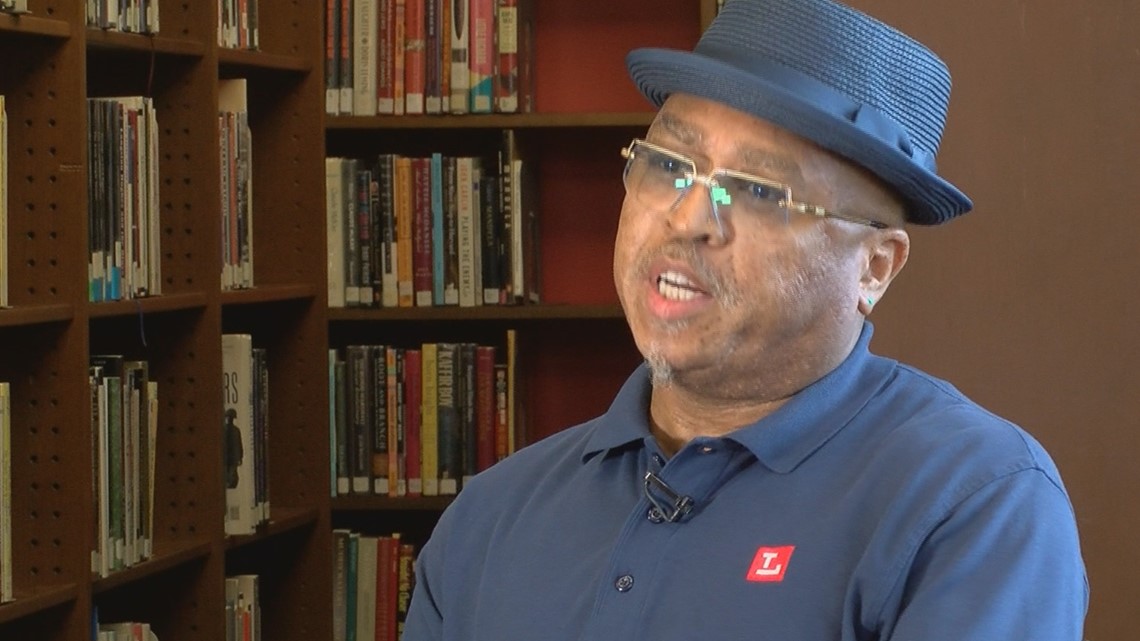
The resource center has been around for decades but its scope has changed over the years. Collins said it’s more focused on local people as well as giving people resources to learn about aspects of African and American history they didn’t know before.
It’s named after Toledo’s Art Tatum, a legally blind, mostly self-taught jazz artist who, according to Collins, inspires people to this day.
“Art Tatum found his freedom in music, not being able to see all the drama and stress around him probably allowed him to be the inspirational figure he is,” Collins said.
“The thing that sticks out to me about the Black experience here, like anywhere, is Black people are survivors.”
Collins said it’s evident that people still struggle. “We have some of the same problems we still had before and then there are other people who get opportunities and make the most of them.”

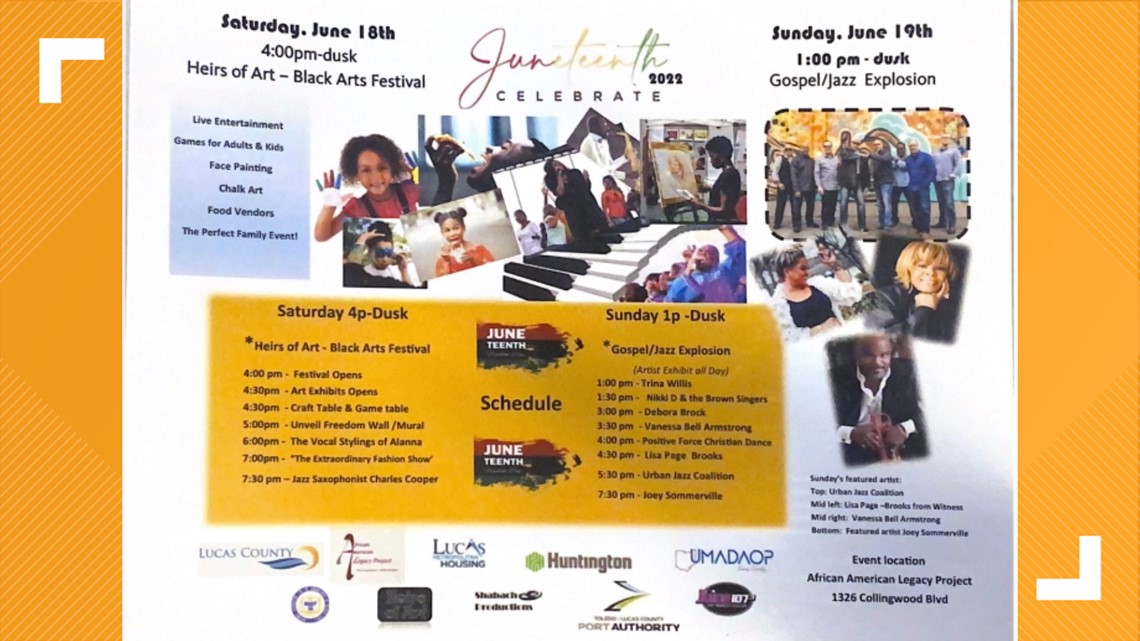
More on WTOL:

